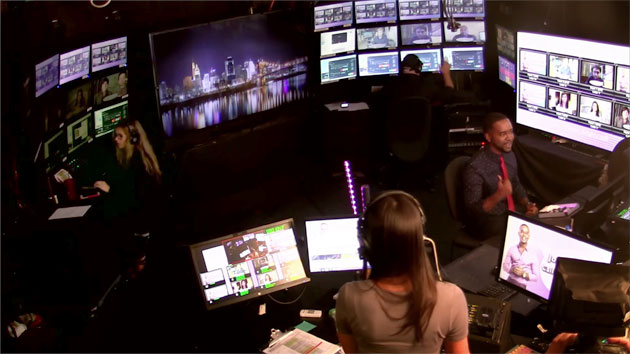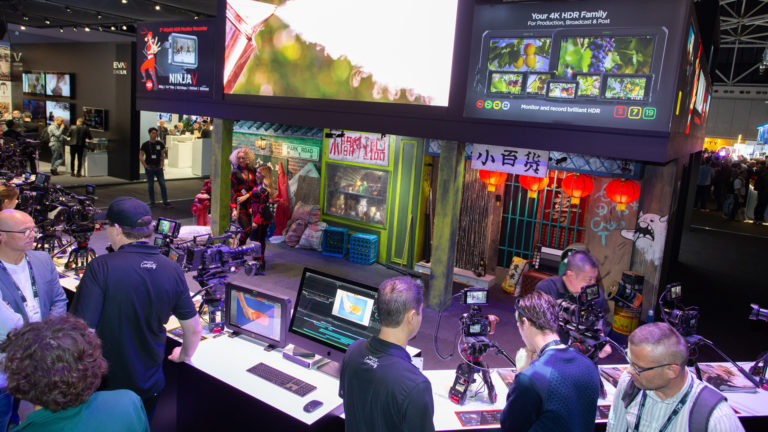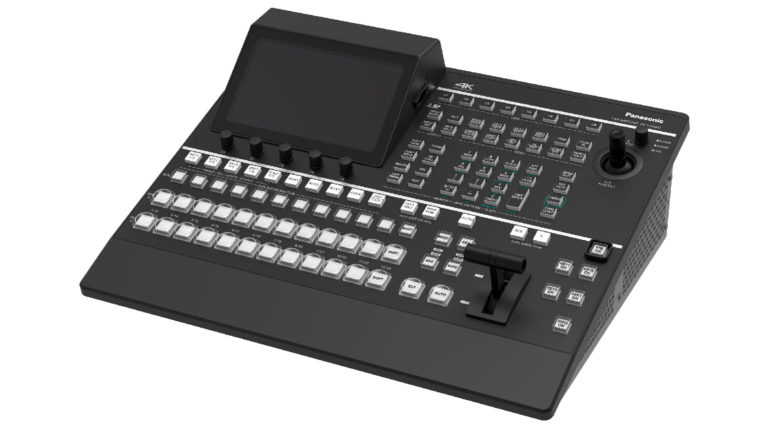Broadcast Veteran Tom Wolzien Says His Patented System Makes Video Call-In Shows a Compelling Business Model
Tom Wolzien, founder and chairman of the Video Call Center (VCC), thinks he has a head start on the next generation of entertainment programming.
The VCC, based in New York’s Lower Hudson Valley, has developed and patented a system for producing video call-in shows that tap remote contributors via existing Internet technology, meaning viewers can join the fray from their home or office using a cellphone or notebook computer running Skype, Gruveo, or some other video calling system. Unlike a traditional broadcast show, adding more video sources from around the globe doesn’t add incremental cost — the VCC is leveraging existing IP infrastructure to make the connections. What’s more, the live show can be run using the VCC’s Host Automation Software to eliminate the need for a traditional broadcast control room to put the various incoming sources on the air.
Looking Forward
Wolzien was an NBC News senior executive before becoming a Wall Street media business analyst in the 1990s. By the 2000s, he was seeing that his clients faced a difficult future. Specifically, the increasing number of new outlets for video programming meant the audience for any individual show was getting smaller and smaller, leading into an unsustainable future for broadcasters. The VCC, Wolzien argues, can make the economics work again. “The business model breaks even at around 30,000 to 50,000 viewers, which is something like 0.035 ratings points,” he told StudioDaily. “And it’s most efficient in a five-day strip. It can work for secondary and tertiary cable networks and for broadcast syndication.”

Viewers were encouraged to call in to this KUSA show discussing Denver Broncos football. Calls were screened and switched at the VCC in New York.
It’s not a blue-sky prototype or proof of concept. CEO Larry Thaler says the VCC has produced almost 400 shows to date. Tegna Media, which owns or operates 46 television stations, has became part-owner of the VCC in June 2015, and has used it to put shows on the air. At KUSA in Denver, it allowed reporters, experts, and broadcast viewers to share the screen with the on-air host, becoming a part of the channel’s news and sports coverage. And in October, the VCC became a Facebook Live Media Solution and Broadcast Partner.
Currently, the VCC produces The Tea, a daily 20-25 minute gossip show for celebrity-news site Wetpaint, from its headquarters in Palisades, NY. Wetpaint’s parent company, FunctionX, licenses the VCC’s patented technology and production services for the show, which premiered December 5. The show has attracted a total of more than 500,000 viewers to date, the VCC said.

Close to The Tea‘s 3 p.m. ET air time, a link appears on the show’s website encouraging viewers to call in for a live appearance on the show in conversation with host Jeremy Hassell. Call screeners in Palisades monitor the incoming calls on large screens as they are placed in the VCC’s Caller Queue, a “virtual green room” where any number of callers wait to be vetted for air. The screeners make sure that only cleared video calls are available for Hassell to put on the air, and do what they can to ensure that approved calls have solid picture quality, including decent lighting and camera angles. The VCC also offers call screening as a service for show producers, and has a tool called Caller Cloud that allows calls to be directed to a conventional broadcast control room.
Complete Control
 In the meantime, Hassell may host the show from the VCC facility in Palisades or from a separate studio some 20 miles south in Manhattan, where he performs to a webcam atop a monitor showing him a heads-up display of callers that have been cleared to air. Red highlight elements indicate which callers are currently on screen and/or have open mics.
In the meantime, Hassell may host the show from the VCC facility in Palisades or from a separate studio some 20 miles south in Manhattan, where he performs to a webcam atop a monitor showing him a heads-up display of callers that have been cleared to air. Red highlight elements indicate which callers are currently on screen and/or have open mics.
Hassell can pull callers in and out of the show using a small control panel that’s fitted with a special hand mold (see example at right) so that he can be confident of his finger placement without looking down from the camera. He also has access to graphics and videos preloaded by the show’s producer, as well as to any live web content that the producer selects for potential last-minute inclusion. VCC’s Host Automation Tool has a certain amount of contextual automation built in, but the host can always override it with the press of a button.
This is a modal window.
Watch a behind-the-scenes video showing live production for OMGoss!p, a predecessor to The Tea produced by The VCC last year.
On-screen elements — lower thirds, graphic backgrounds, show open and close, box positions, and transitions — are customized on a per-show basis and can be switched out for a new show in the time it takes to run a 30-second spot. And callers receive live return video with mix-minus audio, facilitating high quality, low latency conversations with the host. The result is a surprisingly dynamic show run by a virtual skeleton crew. “I would dare you to say there was no control room associated with that show if you didn’t know better,” Thaler said. And it’s a success, with more than 500,000 viewers on a typical day and more than 8 million uniques logged to date.
The VCC’s hardware infrastructure is tucked away in a corner, and Thaler says it can be consolidated into a single rack at a customer’s facility. In Palisades, the VCC runs eight call computers along with production switchers, automation engines and data servers in a virtualized environment.
Audience Engagement
Thaler says broadcasters often assume that call-ins using services like Skype, FaceTime, and Gruveo can’t be reliable but claims that today, the VCC has a less-than-1% drop rate for video calls. It wasn’t always so smooth. Wolzien started running a prototype out of his home in Nyack, NY, in 2012, using a BroadcastPix switcher and Matrox video converters to take on multiple incoming calls. The early days were rough, with an unacceptably high percentage of Skype calls getting dropped on-air. But eventually, over time, the VCC was able to code sophisticated new tools that helped ensure stability, along with careful call screening and a growing body of knowledge among the staff members.
Wolzien hopes the new technology can create solid economic models for broadcasters who are willing to embrace “a new genre of TV.” He remembers his tenure as a news producer at CBS-owned KMOX-TV, the first TV newsroom to switch from film to video, back in the 1970s. “This feels as significant as that,” he said. “It can fundamentally change the way you engage with your audience.”
The Video Call Center: www.thevcc.tv
Crafts: Broadcasting Shooting
Sections: Business Technology
Did you enjoy this article? Sign up to receive the StudioDaily Fix eletter containing the latest stories, including news, videos, interviews, reviews and more.










